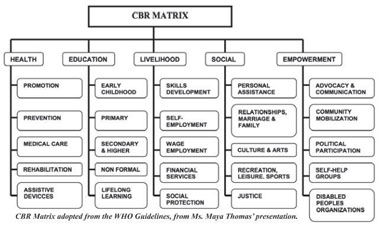The 3rd Asia Pacific CBR Congress – Tokyo – Japan, September 2015
Role of GPDLI (Indonesia Leprosy and Disability Care Movement) and Their Person Affected by Leprosy and Disability Members to Transform Society into More Developed than Before !
Nuah Perdamenta Tarigan1 with Hermen M. Hutabarat
ABSTRACT
Disability and leprosy is an important domain in grassroots organizations in INDONESIA, our organization called Indonesia Leprosy and Disability Care Movement (GPDLI), a national movement but based locally, have shown their work with very significant for the reduction of stigma and discrimination of leprosy in Jakarta and Indonesia. The involvement of leprosy community is very important, eventhough we include people with disability in the initial process of community development! we never differentiate these communities. Our movement involving young people and students in massive approach, consistent and sustainable. So it was not just make us stop and feel careless and relax, but even works very hard than before, in order to achieve the effect of a broader and bigger than ever. GPDLI movement consistently will go into a lot of lines and colors, but above that we still do with the bottom-up approach. In near future, we would like President of Indonesia may be talking explicitly about leprosy disability, straight forward. Because we feel that top, middle and even low level government, consciously and fast-acting to eradicate problems of stigma and discrimination on the personal, family and community, hopefully increasingly eroded! All kinds of approaches we will do consistently and continuously.
Introduction
Livelihoods, poverty reduction, and social services (health, education and empowerement) in the disability community in Indonesia is not empowered with well over the years, although Indonesia has more than 60 years of independence, but the development of the community society is still not well resolved, livelihoods and poverty reduction of the disability even ignored altogether, but grateful for some time have started there is progress in building a network and understanding to the government and the private sector and the general public, so that the problems associated with the most basic dignity of life can be fulfilled well.
However, the authors believe that the tipping point to this fact, already exist, but the run was half-hearted, and there is no institution with more consistent pressing and serious in the community. Institutions bring great missions and in accordance with the above purposes are also not maximized, seen from the performance of the existing ministry under the previous leader (currently Jokowi), cooperation between departments under a single command also does not go well, we think it this is not the ministry of social affairs, but concerns the interests and responsibilities of all stakeholders and shareholders of the Indonesian nation. A large number of persons with disabilities in Indonesia is not messing around very large numbers.
Persons with disabilities in Indonesia
Over the past few years, the region has shown a significant effort in recognizing disability as a human rights issue and in addressing the challenges faced by persons with disabilities in their efforts to contribute economically, socially and politically to the public. Progress shown by Indonesia in involving people with disabilities can be seen in their attempts to sign the UN Convention on the Rights of Persons with Disabilities (UNCPRD), and create a National Action Plan (NAP) for Improving Social Welfare of Persons with disabilities in Indonesia (2004-2013) and ratify ILO Convention No. 111 concerning Discrimination (Employment and Occupation). The initial steps to ratify ILO Convention 159 concerning rehabilitation and skills training (for persons with disabilities) have also performed. Indonesia has a regulation on quotas (43/1998), but access to employment options for young people and persons with disabilities are still very limited.
An Offer for Integrative and Sustainable Solutions
We think we need a very compact work among government agencies, private and public, etc. in Indonesia. What have we done so far is to build awareness about disability and leprosy on issues rooted to the bottom, but also brings issues related to disability and leprosy in the context of up well and the middle class, as follows: UN (United Nations) Global Compact Network –Indonesia, YKDK, PPDI and our alliances in disability and leprosy, Bina Nusantara University, International etc. By developing the networks among us, and facilitating us in doing the projects in the community, making a MoU, supply equipment for people affected by leprosy, such as PCs, Sewing Machines, and trainings. Our current project is developing the social entrepreneurship among people affected by leprosy. Thank you for the role of government, especially the Ministry of Social Affairs and Governor and Vice Governor of DKI Jakarta who always provide support, we expect all ministries and local government have an inclusive awareness for disability and leprosy.
Training and Developing Advocacy Strategies to include the People affected by Leprosy and People With Disabilities as beneficiaries of Local Poverty Reduction strategies and programs. Article 28, Developing Advocacy strategies to include PWDs as beneficiaries of Local Poverty Reduction strategies and programs. In line with Article 28, developing advocacy strategies to include PWDs as beneficiaries of local poverty reduction strategies and programs State recognizes the rights of persons with disabilities to an adequate standard of living for themselves and their families, including food, clothing and housing, and to continuous improvement of living conditions, and shall take the necessary measures to protect and promote the full realization of this right without discrimination on the basis of disability. Required an active role in the business world and society provide significant support at the beginning.
What have we done to date
Political Activities and Lobby: GPDLI identifying and financing activities that we propose can be used to "influence the legislation" (also known by the term "lobby" ) as part of the application that we submitted . Neither of context DPR-RI, Parliament or provincial regency/ city, and then a special track the activities associated with the articles of CRPD : We focus on Article 28 CRPD Association with social security and has become our competence in the fight for equal rights and obligations .
Refer to CBR Matrix issues, other than Livelihood, Social and Empowerement, we are also developing, in Health issues: we helped to assist people affected by leprosy with Protese (86 People); facilitating Jakarta Municipal Governor Office with Binus University and Health Centre for detected leprosy symptom in The Jakarta Governor Office for about 5000 staffs and people who work in this office, develop small gorups around 50 people (10 groups), trained people for livelihood and entrepreneurship: 108 people in this 3 years, educate the children of people affected by leprosy around 65 students (after they back from school) especially for the subjects of english, mathematics, physics, etc, and thousands people in university, campuses, schools for disability and leprosy issues.
Changes Authentic, Not Because Of Fear Or Intimidation But Transformative Change.
Desired changes are expected changes of legislation, policies and programs. Type of advocacy that we will build is petitions, protests, meetings, and also it is definitely correspondence. With the training that has the goal of increasing their awareness of their rights under Article 28 CRPD, and can be implemented at the level of individual legislation. What we can expect will be obtained by the participants of the training is a proactive attitude and an active running program that's agreed. Issues relating to access to Standard Life and Social Protection Decent, which builds understanding and continuous network both in terms of grass roots and bureaucratic government.
Access to information and communication is limited, especially for people suffering from leprosy and other disabilities, empowering them to make during this often disturbed even hindered, the training was very relevant and significant changes made early next time.
References:
Inclusion International, The Human Rights of Adults with Learning Disabilities, Report submitted to The Joint Committee on Human Rights Committee Office, House of Commons, 24 May 2007, p. 2.
Asian Development Bank (ADB), International Labour Organization (ILO) and Islamic
Mempertanyakan Tanggung Jawab Sosial Perusahaan. WALHI (Wahana Lingkungan Hidup Indonesia) Jakarta. Penerbit Cipta Inovasi Sejahtera. Jakarta.(Questioning CSR?)
Solihin, Ismail. (2009). Corporate Social Responsibility. Jakarta: Salemba Empat.
http://www.global-csr.com/triplebottomline0.html
1 Dr. Ir. Nuah Perdamenta Tarigan., MA., Chairman/ Founder of Gerakan Peduli Disabilitas dan Lepra Indonesia (GPDLI) with Hermen Mangaradas Hutabarat- website: www.pedulidisabilitas.org, Student of PhD/ DRM (Doctor of Research in Management) Bina Nusantara University – Entrepreneurship & IInnovation and Lecturer at Character Building Development Centre (CBDC) Bina Nusantara University, Jakarta, Indonesia. His contact email address: nuahptarigan@gmail.com dan nuah.tarigan@binus.ac.id – Hermen Hutabarat is VICE CHAIRMAN and act as a speaker in this event.
Slide 1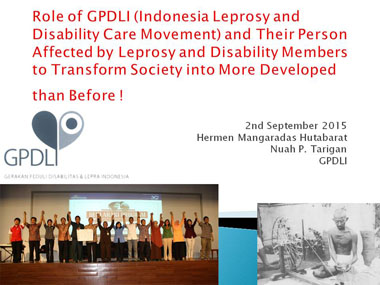 (Slide 1 text)
(Slide 1 text)
Slide 2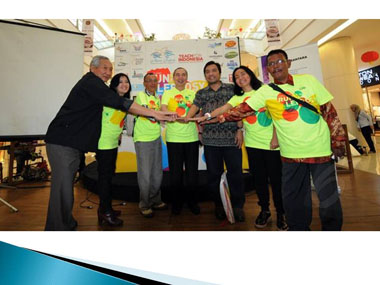
Slide 3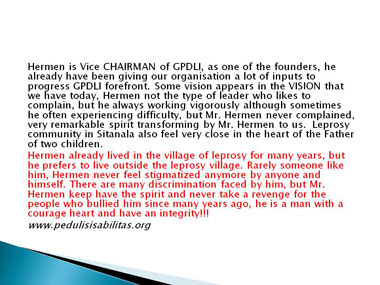 (Slide 3 text)
(Slide 3 text)
Slide 4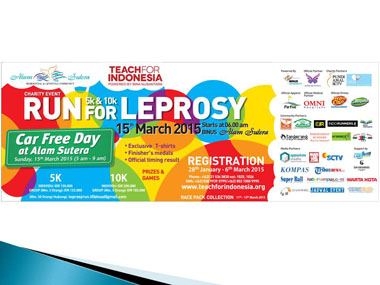
Slide 5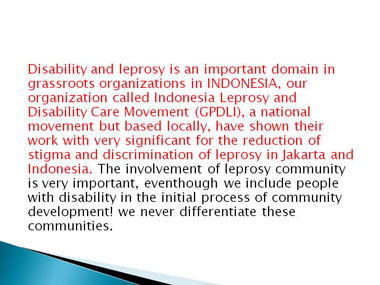 (Slide 5 text)
(Slide 5 text)
Slide 6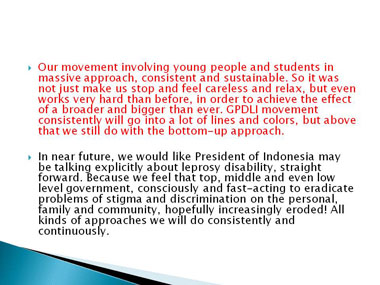 (Slide 6 text)
(Slide 6 text)
Slide 7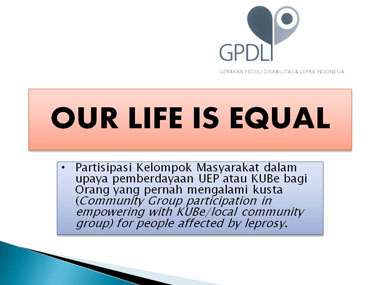 (Slide 7 text)
(Slide 7 text)
Slide 8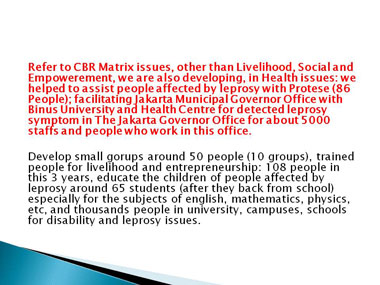 (Slide 8 text)
(Slide 8 text)
Slide 9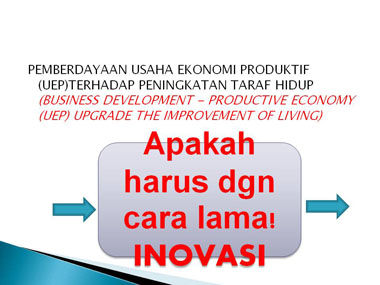 (Slide 9 text)
(Slide 9 text)
Slide 10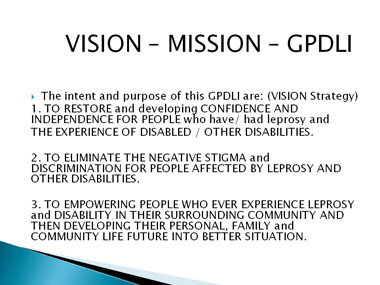 (Slide 10 text)
(Slide 10 text)
Slide 11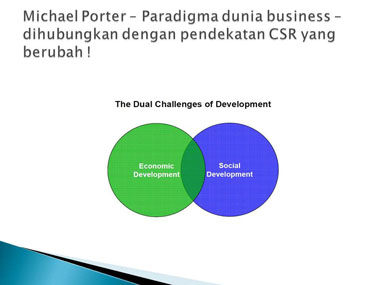 (Slide 11 text)
(Slide 11 text)
Slide 12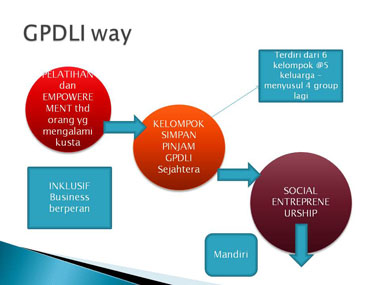 (Slide 12 text)
(Slide 12 text)
Slide 13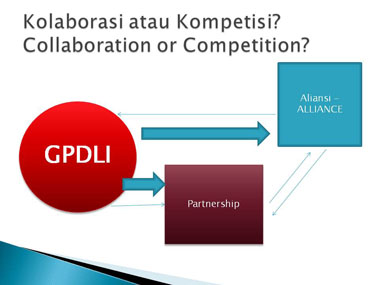 (Slide 13 text)
(Slide 13 text)
Slide 14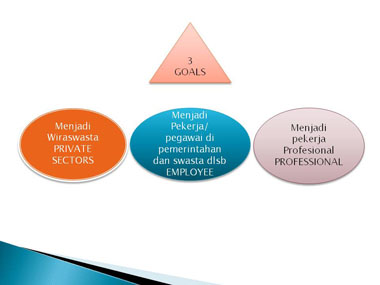 (Slide 14 text)
(Slide 14 text)
Slide 15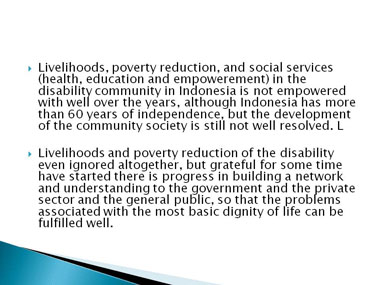 (Slide 15 text)
(Slide 15 text)
Slide 16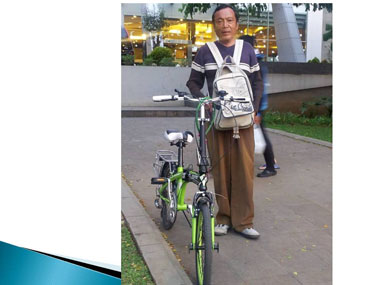
Slide 17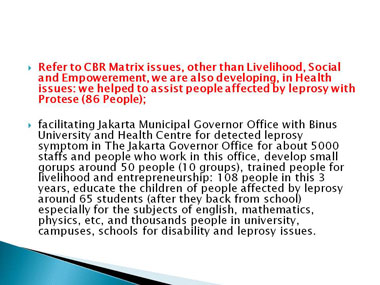 (Slide 17 text)
(Slide 17 text)
Slide 18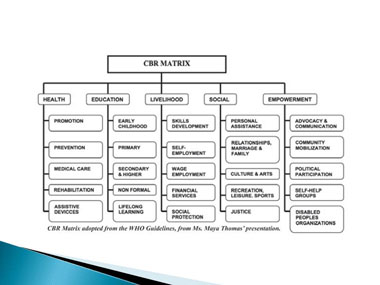 (Slide 18 text)
(Slide 18 text)
Slide 19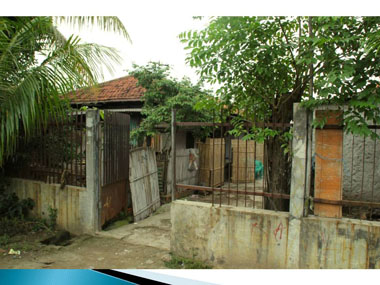
Slide 20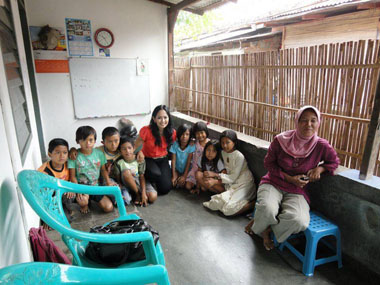
Slide 21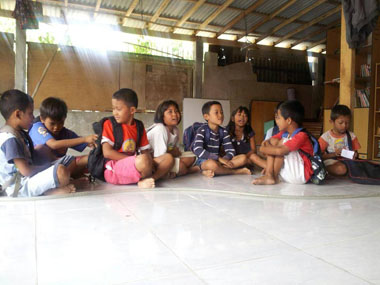
Slide 22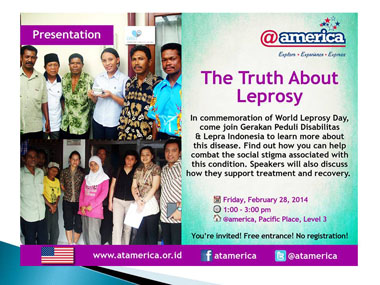 (Slide 22 text)
(Slide 22 text)
Slide 23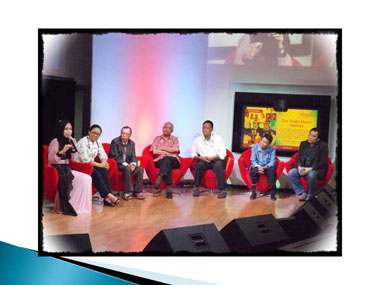
Slide 24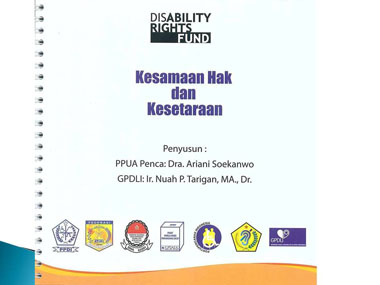 (Slide 24 text)
(Slide 24 text)
Slide 25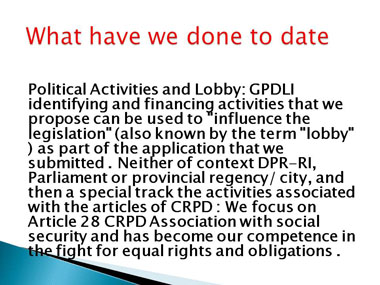 (Slide 25 text)
(Slide 25 text)
Slide 26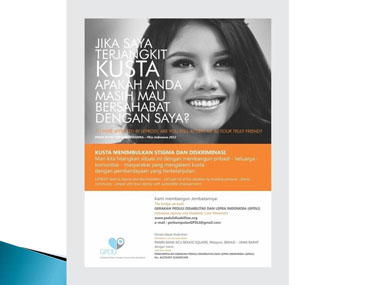
Slide 27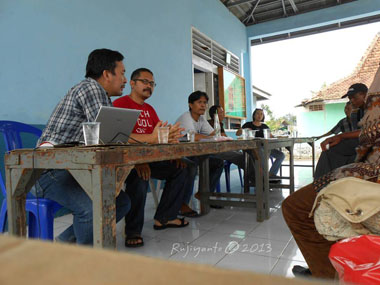
Slide 28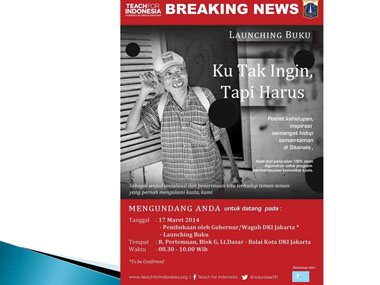
Slide 29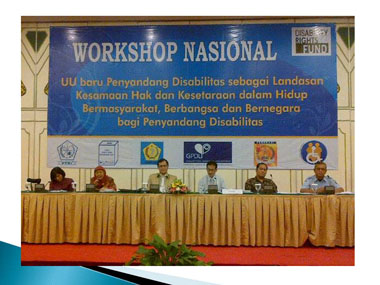
Slide 30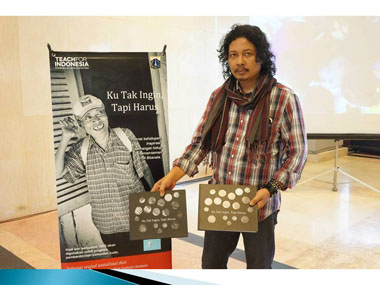
Slide 31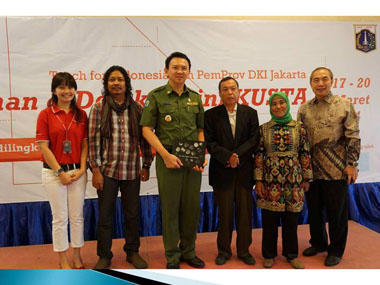
Slide 32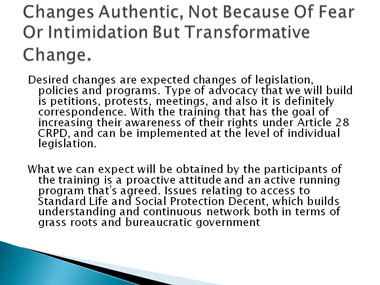 (Slide 32 text)
(Slide 32 text)
Slide 33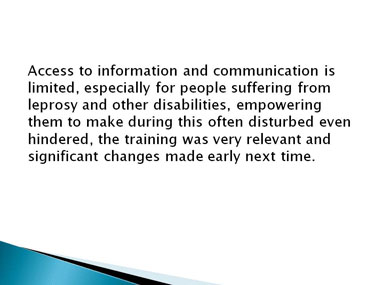 (Slide 33 text)
(Slide 33 text)
Slide 34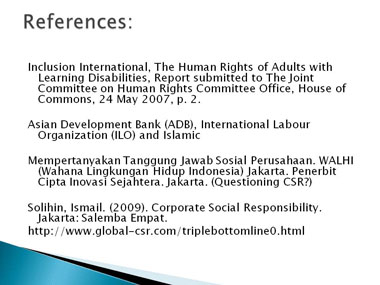 (Slide 34 text)
(Slide 34 text)
Slide 35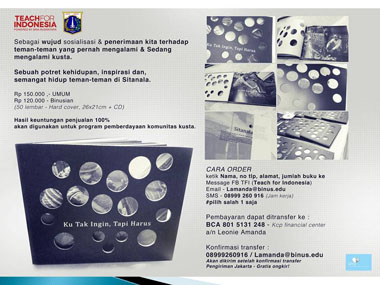 (Slide 35 text)
(Slide 35 text)
Slide 36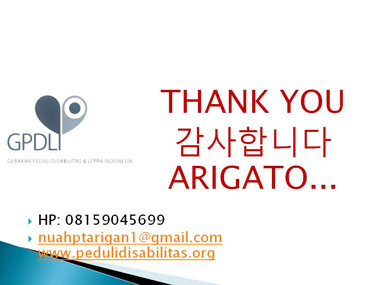 (Slide 36 text)
(Slide 36 text)

